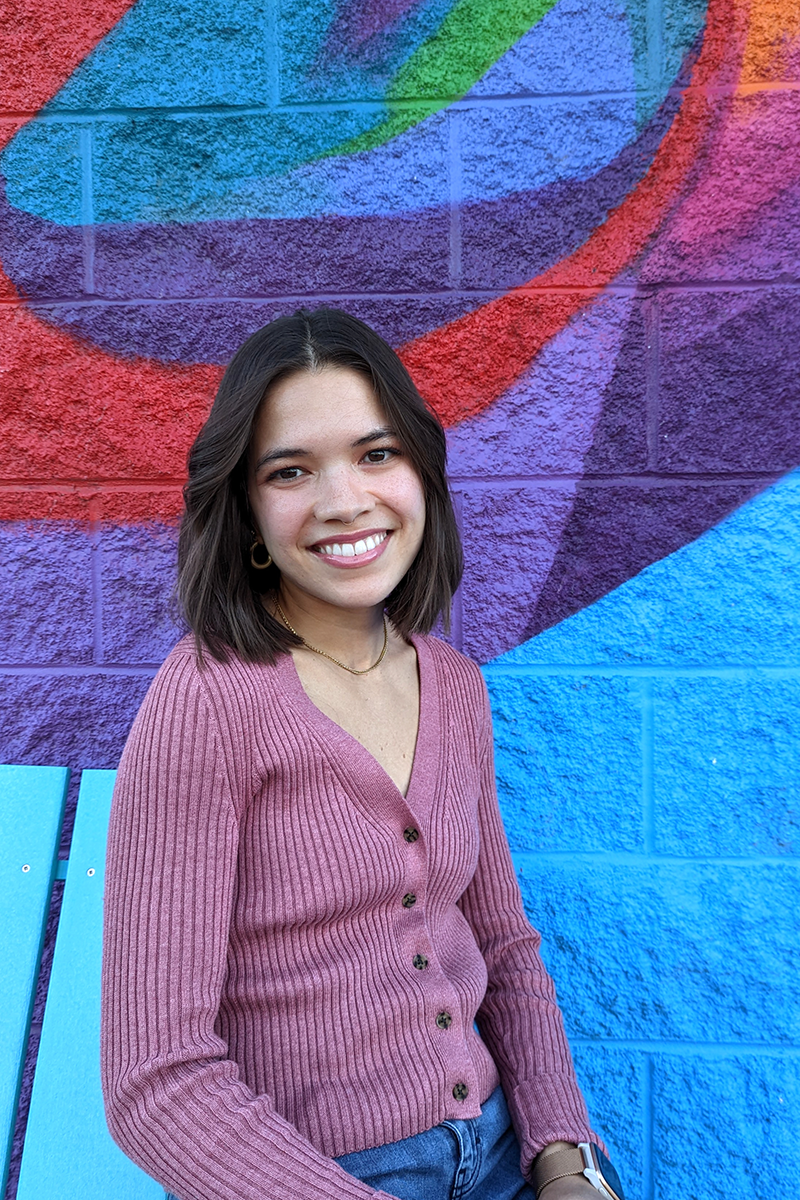Abstract
Crowdsourced analysis of satellite and aerial imagery has emerged as a new mechanism to assess post-disaster impact in the past decade. Compared to standard ground-based damage assessments, crowdsourcing initiatives rapidly process extensive data over a large spatial extent, but utilization has been limited due to uncertainty in the results. New methods for crowdsourced satelliteimagery-based damage assessment were assessed through three test approaches. Approach 1 further develops the predominant building-by-building map-based assessment method. Two novel area-based assessment approaches were implemented, where users rate the level of building damage in an image in Approach 2 and compare building damage between two images in Approach 3. Preliminary results from statistical aggregation and regression models indicate that crowdsourced volunteers can visually identify building damage in images on an aggregated, as opposed to building-by-building basis. The correlation between crowd-identified and true damage can be further improved by weighting responses based on user and image characteristics. Results show promise in a novel method of crowdsourcing damage using area-based assessments, which addresses decision-makers’ need for aggregated post-disaster loss estimates in a rapid timeframe.
Introduction
After a disaster, reliable evaluation of the scale and spatial distribution of building damage is critical for decision-makers to direct emergency response efforts and effectively allocate international aid. In many contexts, a Post-Disaster Needs Assessment (PDNA) is produced, which requires an informed estimate of physical damage and losses over a large spatial extent to determine the amount of monetary funding necessary for reconstruction and recovery efforts.
In the past decade, crowd-based visual analyses of satellite and aerial imagery have emerged as additional mechanisms to produce estimates of post-disaster building damage. A notable crowdsourced building damage initiative was implemented after the January 2010 Haiti earthquake, in which the Global Earth Observation Catastrophe Assessment Network (GEO-CAN) community of engineers and scientists interpreted building-level damage from very highresolution imagery [1]. Similar efforts have since been executed in New Zealand and the Philippines, among other places [2, 3]. Crowdsourcing assessments can address decision-maker needs by rapidly estimating damage with extensive spatial coverage. However, utilization has been limited due to inherent uncertainty surrounding the underestimation of damage when observed from above and direct validation of crowdsourced damage estimates with ground-based assessments of individual buildings [2]. Furthermore, through a survey of stakeholder needs, it was found that damage information is required at an aggregate level for many decisions made soon after an earthquake [4]. This study aims to address past crowdsourcing limitations and early postdisaster information needs through three approaches, a building-level and two area-based crowdsourcing approaches, using satellite imagery and ground-based damage assessments from the 2010 Haiti earthquake as testing and benchmarking data [4].

